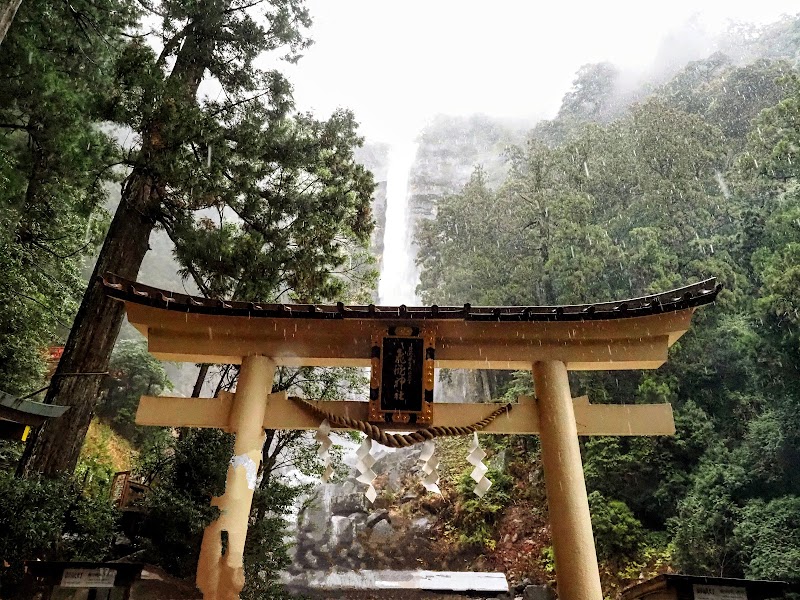
Kobe Jazz Street offers an intimate dive into the city’s vibrant music scene, where small venues pulse with live jazz every night. Discover a practical guide to navigating this urban sound trail, perfect for visitors eager to blend cultural immersion with a memorable night out.
Start Your Evening Early
Most jazz performances kick off around 7 p.m., so arrive early to secure good seating and soak in the atmosphere before the rooms fill up.
Wear Comfortable Shoes
Cobblestones and narrow alleys make sturdy, comfortable footwear a necessity for walking between venues without tripping or discomfort.
Bring Cash
Many venues prefer cash for cover charges and drinks; ATMs nearby might have limited hours late at night.
Hydrate Beforehand
Late nights and smoky atmospheres can sap your hydration, so drink plenty of water before heading out to keep energized.
Kobe Jazz Street: A Vibrant Soundtrack to Kobe’s Cultural Pulse
In the heart of Kobe’s bustling Sannomiya district lies Kobe Jazz Street, a corridor where music and city life beat in effortless rhythm. This cluster of intimate jazz clubs, live houses, and cozy bars invites adventurers not just to listen but to experience jazz as a living, breathing force. Unlike vast music festivals or sprawling parks, Kobe Jazz Street demands engagement—each venue’s soundscape acts as a private conversation between performers and audience, a dynamic interplay that feels immediate and electric.
Stepping onto Jazz Street, you’re greeted with warm neon signs and subtle aromas of smoky wood and brewed coffee mingling with the city’s cool night air. The street itself stretches about 300 meters, dotted with 20+ venues—each more distinctive than the last. The energy is palpable yet approachable, appealing equally to a casual night out or a committed sonic pilgrimage.
Planning your visit hinges on timing and tastes. Most performances begin around 7 p.m., ideal for those comfortable with a late start. Clubs often feature cover charges ranging from ¥1000 to ¥3000, and many venues serve drinks and light bites. Navigate the labyrinth of small alleys with comfortable shoes; the cobbled pavement recalls Kobe’s past while meeting practical needs for steady footing.
A visit to Kobe Jazz Street isn’t just passive listening. The sound envelopes you like a practiced storyteller—trumpets whisper secrets, bass lines pulse like a heartbeat, and drums punctuate the night air with crisp clarity. Expect to hear everything from classic standards to free jazz, each artist fiercely expressing their craft in rooms that range from snug basement bars to airy rooftop lounges.
For a full immersion, it’s worth mapping a few venues in advance or trusting serendipity to lead you from one smoky doorway to the next. Hydrate earlier in the day, as the late-night hours and smoky atmospheres can dehydrate. Balance the excitement with a calm appreciation of the cultural layers—this isn’t just jazz, but an ongoing dialogue between tradition and modernity, local pride and global artistry.
Kobe Jazz Street perfectly balances urban accessibility with an experience that feels exploratory—a nightlife corridor where every note urges you to listen deeper, every beat invites you to move closer. It’s an adventure that requires no hiking boots, yet unlocks a rich journey into the soul of Kobe’s urban culture and compelling music scene.
Nearby Trips
All Adventures
Boat Charters
Water Activities
Adventures near Kobe, Hyogo
Discover the unique and memorable adventures that make Kobe, Hyogo special.
Frequently Asked Questions
Are reservations needed at Kobe Jazz Street venues?
Most venues operate on a first-come, first-served basis, especially on weekdays. However, for popular weekends or bigger acts, reserving a seat by phone or online is recommended to ensure entry.
What kind of jazz music can I expect on Kobe Jazz Street?
Expect a rich variety from smooth standards and bebop to avant-garde free jazz. Many clubs feature local musicians alongside visiting Japanese and international artists, making every night distinct.
Is the area safe to explore at night?
Kobe’s Sannomiya district is generally safe and well-patrolled by police. That said, standard city-smart precautions apply: keep an eye on personal belongings and stick to well-lit streets.
Are there any lesser-known viewpoints or features worth visiting nearby?
Adjacent to Jazz Street is Motomachi Shopping Street, where you can find quiet alleys with unique wall murals and cafes. Also, the nearby Sorakuen Garden offers serene contrast a short walk away.
What local wildlife might I notice in the area?
Though urban, the nearby harbor areas attract migratory birds such as herons and gulls, occasionally spotted during late afternoon walks along the Kobe waterfront after your jazz experience.
Is smoking allowed inside venues on Kobe Jazz Street?
Most clubs allow smoking indoors following tradition, contributing to the characteristic smoky atmosphere. Non-smokers might want to select venues with designated non-smoking areas or opt for outdoor seating.
Recommended Gear
Comfortable Walking Shoes
Necessary for safely traversing cobblestones and uneven sidewalks across the neighborhood.
Light Jacket or Sweater
Evening temperatures can drop suddenly, so layering helps stay comfortable during outdoor walks.
Compact Umbrella
Useful for unpredictable spring rain showers between venues.
Cash or Small Change
Most clubs accept only cash for cover charges and drinks, so carry enough yen for the night.
Local Insights
Hidden Gems
- "Underground jazz club Jazz Inn Lovely, known for intimate acoustic sets"
- "Rooftop bars offering skyline views and live performances"
Wildlife
- "Occasional urban fox sightings in quieter areas nearby"
- "Migratory birds at Kobe Harbor’s edge"
History
"Kobe Jazz Street emerged from the city’s post-war American influence and port city charm, becoming a cultural hub where jazz bridged local and international communities, embedding jazz deeply into Kobe’s identity."
